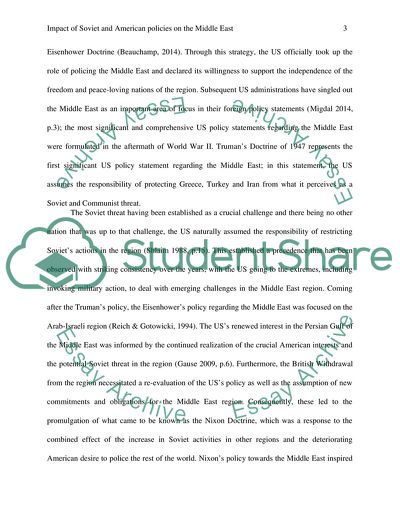Cite this document
(The Impact of the Soviet and American Policies on the Middle East Case Study, n.d.)
The Impact of the Soviet and American Policies on the Middle East Case Study. Retrieved from https://studentshare.org/history/1855509-what-was-the-impact-of-soviets-and-americans-policies-on-middle-east
The Impact of the Soviet and American Policies on the Middle East Case Study. Retrieved from https://studentshare.org/history/1855509-what-was-the-impact-of-soviets-and-americans-policies-on-middle-east
(The Impact of the Soviet and American Policies on the Middle East Case Study)
The Impact of the Soviet and American Policies on the Middle East Case Study. https://studentshare.org/history/1855509-what-was-the-impact-of-soviets-and-americans-policies-on-middle-east.
The Impact of the Soviet and American Policies on the Middle East Case Study. https://studentshare.org/history/1855509-what-was-the-impact-of-soviets-and-americans-policies-on-middle-east.
“The Impact of the Soviet and American Policies on the Middle East Case Study”. https://studentshare.org/history/1855509-what-was-the-impact-of-soviets-and-americans-policies-on-middle-east.


